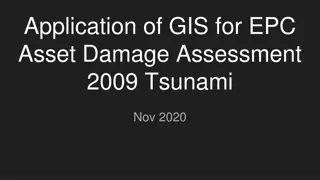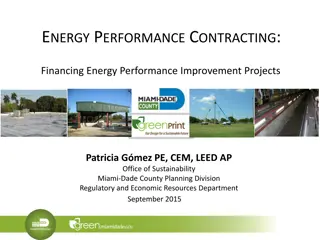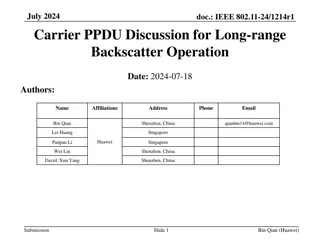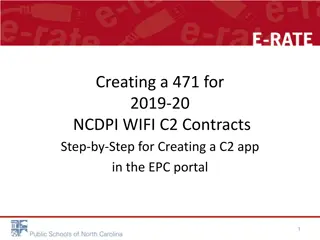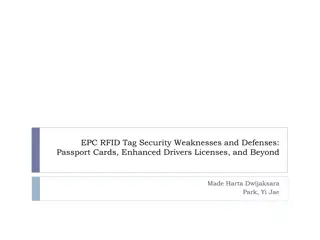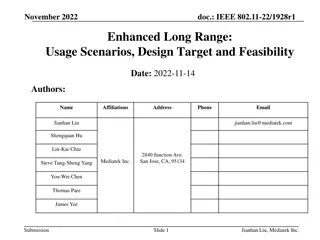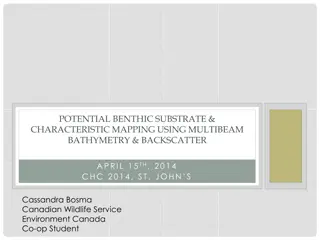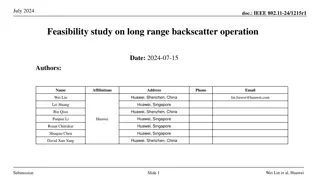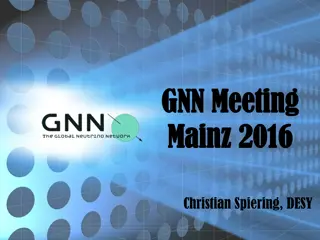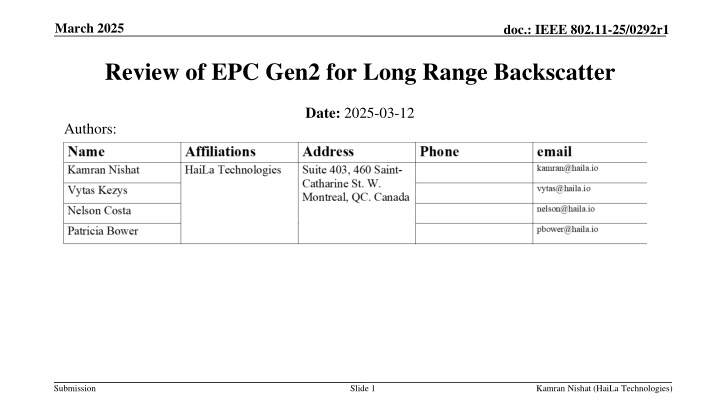
Enhancing EPC Gen2 Protocol for Long-Range Backscatter Challenges
Exploring the challenges and solutions for long-range backscatter using EPC Gen2 protocol in IEEE 802.11-25/0292r1, addressing issues like multiple independent readers, tag identification in a single TXOP, and more. Discover the importance of distinguishing long-range backscatter from close-range backscatter, with insights into extending EPC Gen2 to 2.4GHz for long-range applications.
Download Presentation

Please find below an Image/Link to download the presentation.
The content on the website is provided AS IS for your information and personal use only. It may not be sold, licensed, or shared on other websites without obtaining consent from the author. If you encounter any issues during the download, it is possible that the publisher has removed the file from their server.
You are allowed to download the files provided on this website for personal or commercial use, subject to the condition that they are used lawfully. All files are the property of their respective owners.
The content on the website is provided AS IS for your information and personal use only. It may not be sold, licensed, or shared on other websites without obtaining consent from the author.
E N D
Presentation Transcript
March 2025 doc.: IEEE 802.11-25/0292r1 Review of EPC Gen2 for Long Range Backscatter Date: 2025-03-12 Authors: Submission Slide 1 Kamran Nishat (HaiLa Technologies)
March 2025 doc.: IEEE 802.11-25/0292r1 Abstract Why is it important to distinguish long-range Backscatter from EPC- inspired close-range Backscatter? Discuss the gaps in encapsulating EPC Gen2 at the MAC layer for long-range backscatter. Submission Slide 2 Kamran Nishat (HaiLa Technologies)
March 2025 doc.: IEEE 802.11-25/0292r1 Why long-range Backscatter There are many use-cases with range >1m presented in the Technical report on support of AMP IoT devices in WLAN [1] and many submissions [2-4] Submission Slide 3 Kamran Nishat (HaiLa Technologies)
doc.: IEEE 802.11-25/0292r1 Slide 4 Advantages of EPC Gen2 protocol There is a wide consensus on using EPC Gen2 for close range backscatter. Many proposals to encapsulate the UHF RFID Interrogator commands and Tag replies.[5] Easy to extend to support AMP + UHF RFID operations Submission
March 2025 doc.: IEEE 802.11-25/0292r1 EPC Gen2 in 2.4GHz for long-range Direct extension of EPC Gen2 is not straight forward We should resolve the following issues: o Presence of multiple independent readers in the range of a tag. o Implementation of Tag Identification protocol in a single TXOP of a 2.4GHz band. o Privacy protection in EPC Gen2 is difficult. o Difficult to implement Slotted Aloha based protocol for a long-range in 2.4GHz band in the presence of competing 802.11 traffic. Submission Slide 5 Kamran Nishat (HaiLa Technologies)
March 2025 doc.: IEEE 802.11-25/0292r1 Multiple Independent readers EPC Gen2 protocol needs coordination between multiple readers working in the near vicinity of each other. Hard to schedule multiple independent readers in a B2C scenario when the range is not close. Tag may respond to a non-intended reader with a Session No of high persistence value and moved to B state [8]. For example, two different customers in a store with AMP readers on their cell phones. One close to an AMP-Tag, but the other one at a distance reads it first and makes the AMP-Tag go silent. Slide 6 Submission Kamran Nishat (HaiLa Technologies)
March 2025 doc.: IEEE 802.11-25/0292r1 Tag Identification protocol in a single TXOP Others like [5] proposed encapsulating the UHF RFID Interrogator commands and tag replies like the following But it isn t easy to do this full sequence in a single TXOP in 2.4 GHz, especially in AC_BK access category. It will be more difficult to achieve this at longer range. In addition to the challenges of EH mentioned in [6], it will make it more difficult. Slide 7 Submission Kamran Nishat (HaiLa Technologies)
March 2025 doc.: IEEE 802.11-25/0292r1 Privacy protection in EPC Gen2 In long-range privacy requirements may be different There are use-cases requiring the infrastructure to address each tag with a unique address without an inventory round. Provisioning and authorization mechanisms would require more than a simple wrapper of AMP over EPC GEN2. Submission Slide 8 Kamran Nishat (HaiLa Technologies)
March 2025 doc.: IEEE 802.11-25/0292r1 AMP-tags with other STA in the 2.4GHz band In 2.4GHz devices communicate on different channels. AMP + UHF RFID tags are supposed to work without a channelized receiver [7]. This makes it difficult to avoid collisions In the presence of an interfering PPDU difficult for the tag to decode the AMP fields Submission Slide 9 Kamran Nishat (HaiLa Technologies)
March 2025 doc.: IEEE 802.11-25/0292r1 Conclusion We need to redesign some part of the EPC inspired AMP-MAC protocol for long-range. There are some non-trivial challenges in adapting EPC Gen2 for long- range backscatter. The combined results of these issues can magnify the problem. Submission Slide 10 Kamran Nishat (HaiLa Technologies)
March 2025 doc.: IEEE 802.11-25/0292r1 References [1] Technical Report on support of AMP IoT devices in WLAN, 11-23/2203 [2] Zhisong Zuo et al., Use Cases for AMP IoT Devices, 11-22/0963, [3] Wei Lin et al., Follow Up on AMP Link Budgets, 11-24/0075 [4] Wei Lin et al., Feasibility study on long range backscatter operation, 11-24/1215 [5] Rojan et al. Thoughts on AMP UHF RFID Tags, 11-24/0836 [6] Dror et al. UL Monostatic and Bistatic Range Extension Considerations, 11-24/0307 [7] Rui et al., Close-range AMP WiFi Reader Feasibility Study Follow up, 11-24/0798 [8] EPC UHF Gen2 Air Interface Protocol | GS1 Submission Slide 11 Kamran Nishat (HaiLa Technologies)



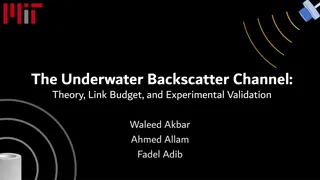
![Long-Range Wireless Charging Market Report & Analysis _ BIS Research [2024-2035]](/thumb/87166/long-range-wireless-charging-market-report-analysis-bis-research-2024-2035.jpg)
